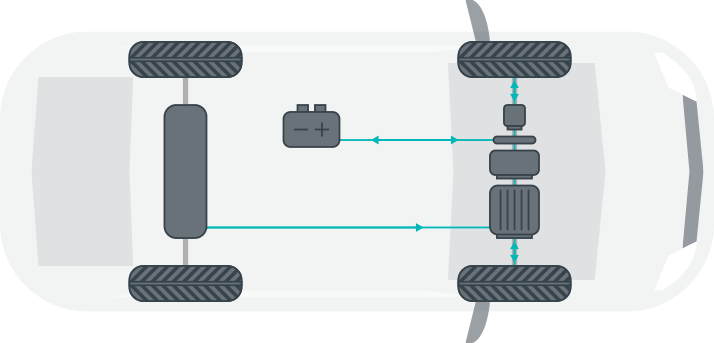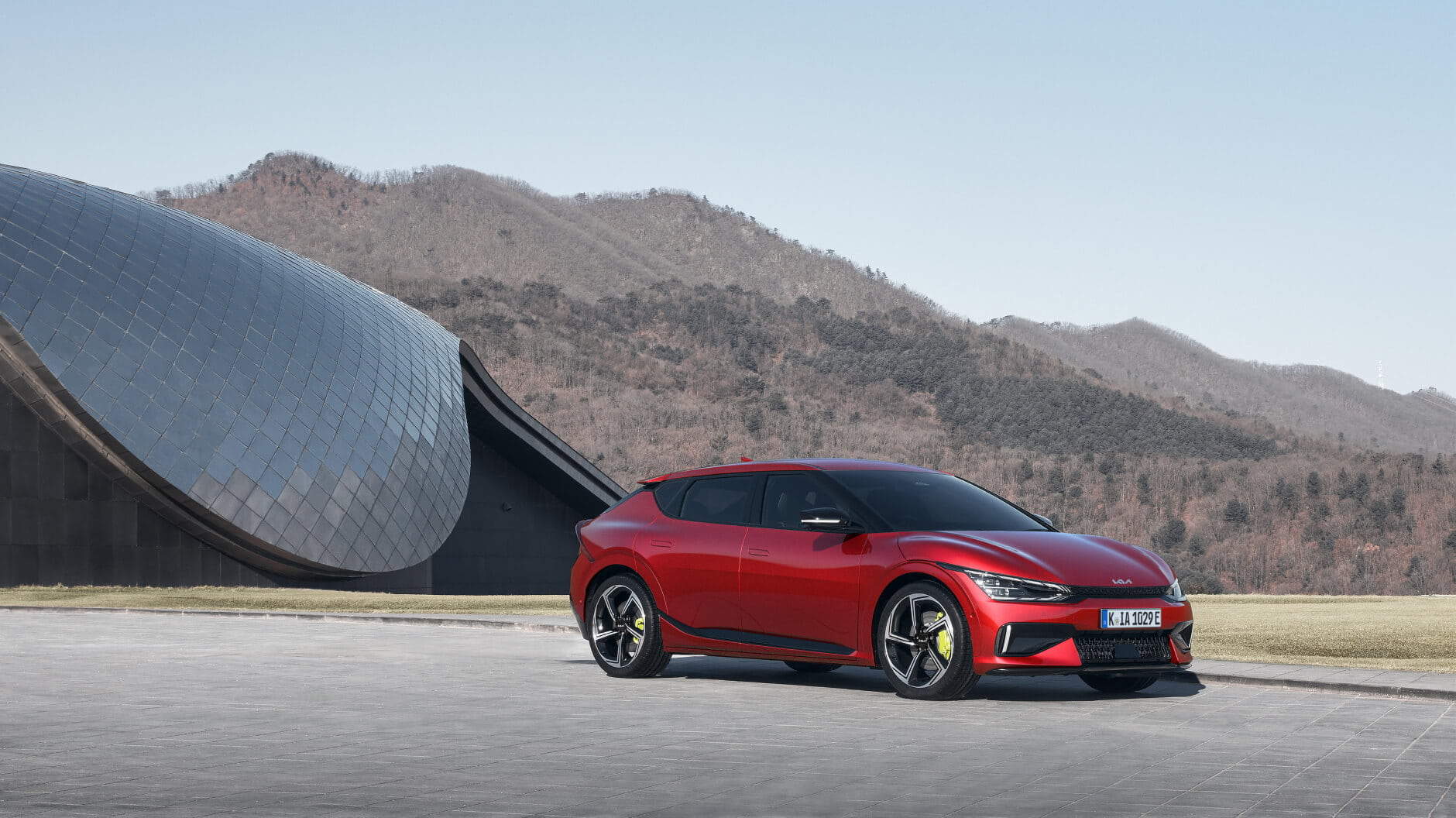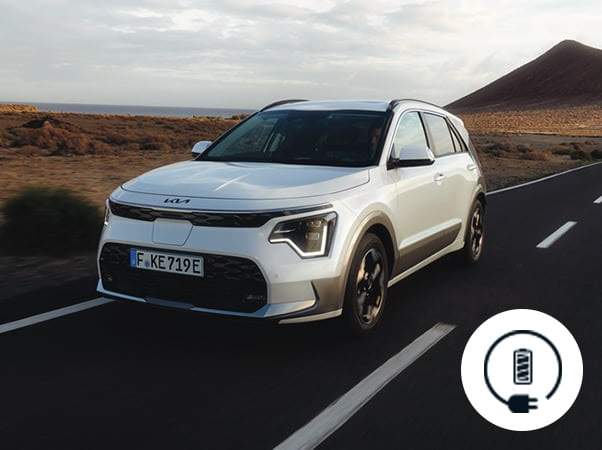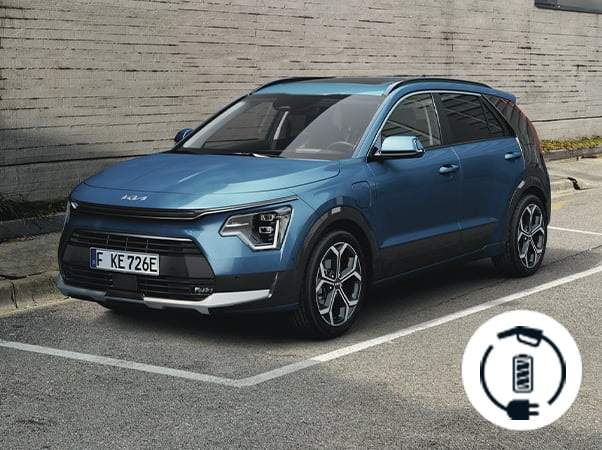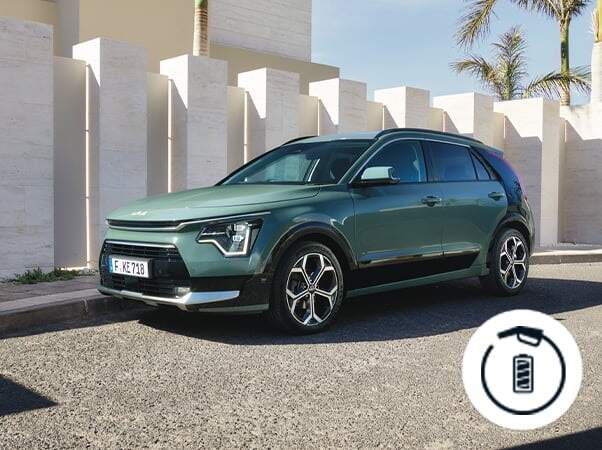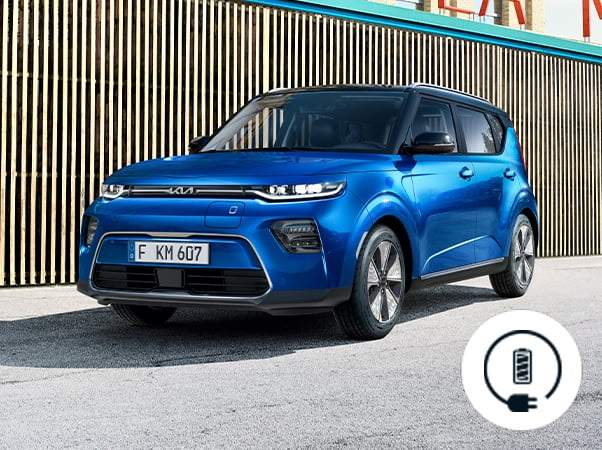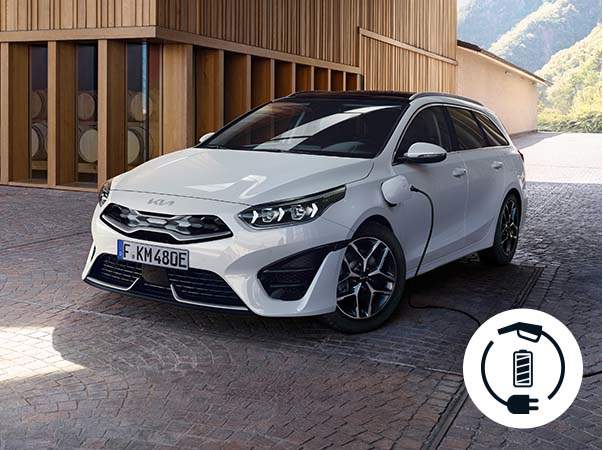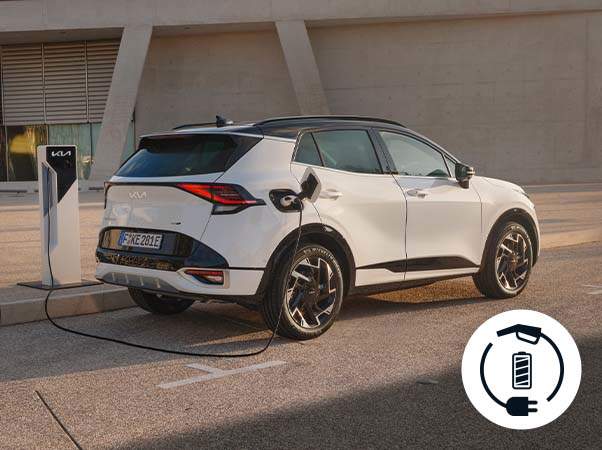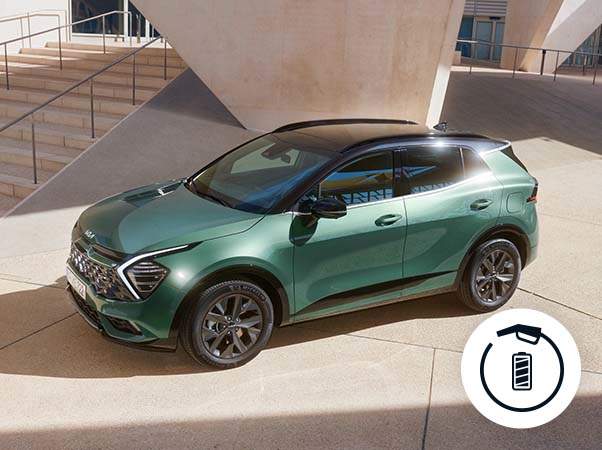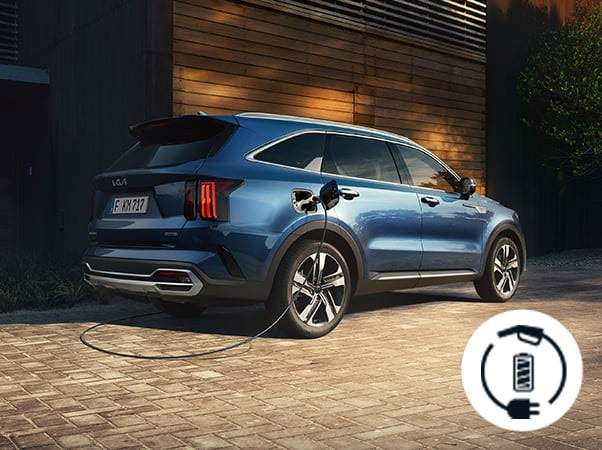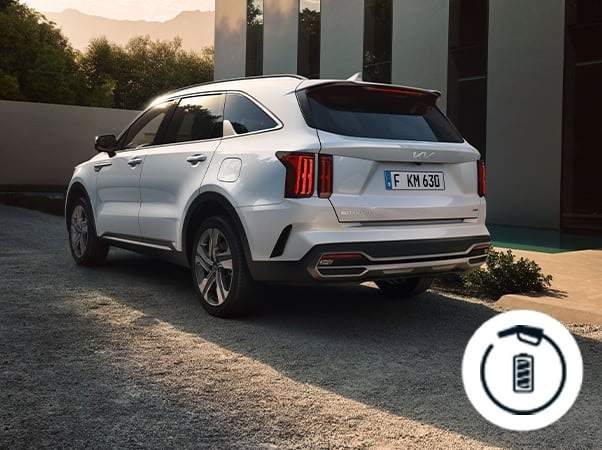What is a hybrid electric car and how does it work?
In a nutshell: What’s special about a hybrid car?
A hybrid car has two powertrains rather than one.
Whereas a conventional gas-fuelled car is powered by a combustion engine and an electric car is powered by a battery electric motor, a hybrid car is powered by a combination of both.
It utilises either the combustion engine, or works together with the electric motor to minimise fuel consumption, conserve energy, and even recuperate energy in some particular driving situations (e.g. starting, cruising, braking, stopping, etc.).
As a result, fuel efficiency is greatly increased. Especially for stop-and-start city driving.
How the engine & motor work together with power-split transmission
In more detail: Here’s how a hybrid works
People often talk about hybrid cars giving you “the best of both worlds”, and that is absolutely true: A hybrid vehicle is able to switch between both powertrains or make them work together to always deliver the solution that powers the car forward with maximum efficiency.
This changes all the time, at different points in the driving process. Let’s take a closer look.
-

When driving off from a stop position
Whenever accelerating from a stationary position, up to a speed of approximately 25 km/h, hybrid cars are powered by the electric motor (which draws on the battery power). This is one reason why hybrids are particularly efficient during city driving.
-

When driving at moderate speed
Whenever cruising, hybrids are powered mainly by the combustion engine – as this is when it works most efficiently. During this time, the engine can also power the generator, which recuperates electricity used to recharge the battery for later use.
-

When accelerating strongly
Whenever you have your foot down firmly on the accelerator pedal, both the combustion engine and electric motor work together to increase power to the wheels. This is thanks to the power-split transmission, which combines the torque output of each powertrain at the same time.
-

When braking or cruising
Whenever you apply the brakes or take your foot off the accelerator pedal, hybrid cars make use of a system called “smart regenerative braking”. So hybrids do two things: they stop feeding power to the wheels, and use the power of the rotating wheels to recuperate energy while slowing down the car. This produces electricity which again is used to recharge the battery for later use.
-

When coming to a complete stop
Whenever you apply the brakes with the intention of stopping completely, hybrids completely turn off both the combustion engine and electric motor. The battery power is used to keep operating any other vehicle systems you might need (like your radio, or headlights, etc.)
What’s a plug-in hybrid car?
There are different types of hybrid vehicles: a full hybrid and a plug-in hybrid.
They are very similar to each other, but with one major difference: A full hybrid car doesn’t have a plug for topping up its battery. It regenerates energy using the combustion engine, or with the help of a smart regeneration system. A plug-in hybrid car works in exactly the same way as a full hybrid car, except that it has a larger battery and gives you the additional option of charging it from an electric outlet. This extends its electric range up to 50 kilometres.
At a glance: Just some advantages of driving a hybrid car
- Fewer emissions
In general, hybrid cars emit less pollution than standard vehicles. For example, in traffic or at a red light the engine automatically switches off, and uses the electric motor to restart or reboot the engine. - Reduced fuel costs
Due to the fact that the electric motor is an additional source of power supporting the combustion engine in a hybrid car, less petrol or diesel is used which in turn cuts down your running costs. - Tax incentives
Depending on where you live, owning a hybrid will most probably mean that you can benefit from government tax incentives and grants aimed at encouraging people to buy more environmentally friendly cars. - Smooth, quiet ride
All hybrids handle just as smoothly as conventional cars, and there is one big added bonus: They are extremely quiet while using the electric motor. And the shift between the two powertrains is so seamless that it is practically inaudible. - Different options to suit you
More interested in fuel efficiency or long range? Depending on your preference, there’s an ideal hybrid for you! You can choose a full hybrid that you don’t ever need to plug in, or a plug-in hybrid with the added option to charge the battery through an external power source, thus extending its electric range.
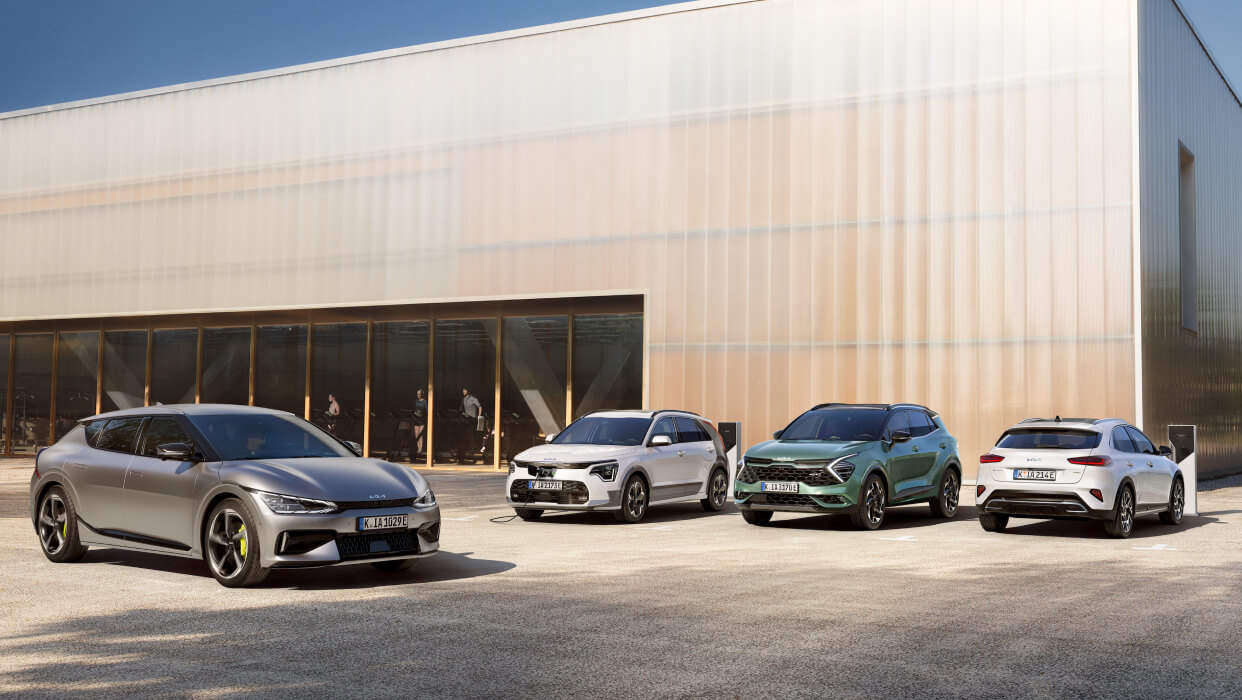
The Kia brand range.
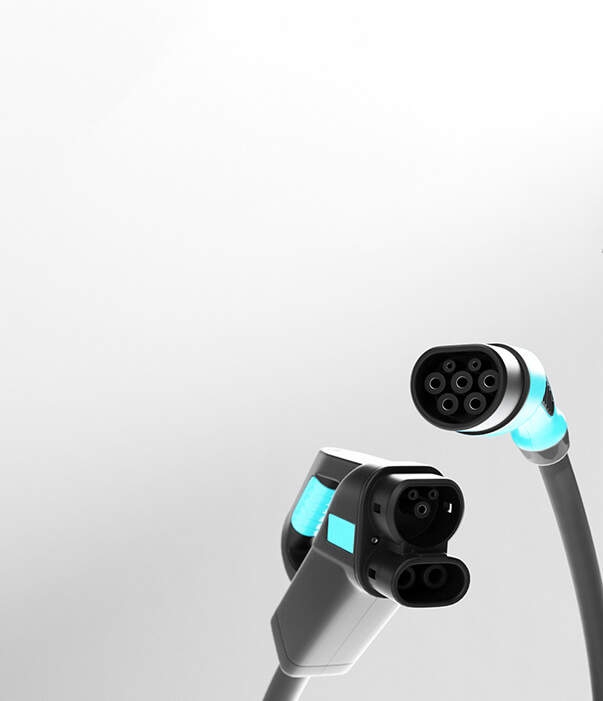
Explore the range of Kia Electrified Vehicles
Kia Niro EV
Kia Niro Plug-In Hybrid
Kia Niro Hybrid
Kia e-Soul
Kia Ceed SW Plug-In Hybrid
Kia XCeed Plug-In Hybrid
Kia Sportage Plug-In Hybrid
Kia Sportage Hybrid
Kia Sorento Plug-In Hybrid
Kia Sorento Hybrid

